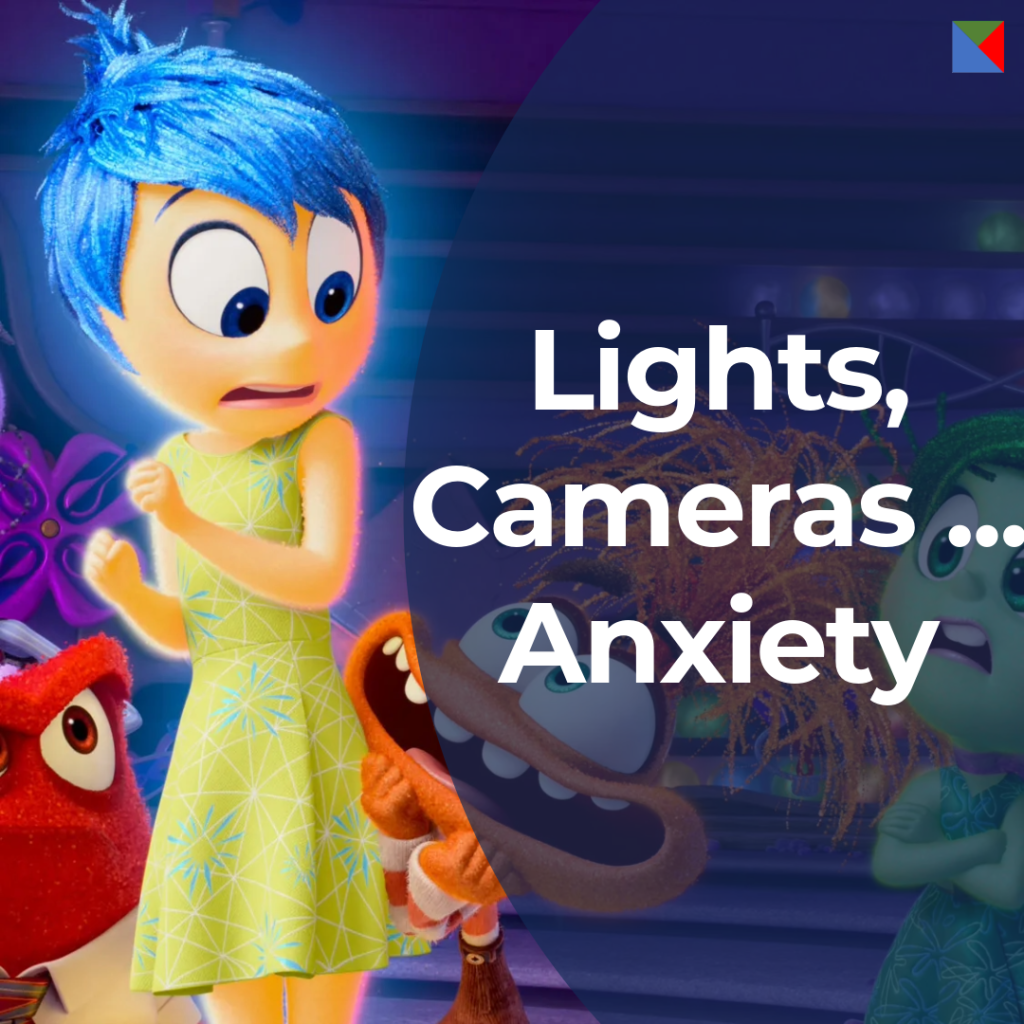Lights, Camera … Anxiety – The Future of Distribution in a Fragmented Media World
The media landscape is transforming at an electrifying pace. As someone who has spent decades advising media and tech CEOs, I’ve witnessed firsthand the anxieties and aspirations that accompany such seismic shifts. In boardrooms across the globe, content owners are grappling with a fundamental question: how do we turn the captivating stories we create into sustainable revenue streams in this increasingly fragmented and complex digital ecosystem?
The Labyrinth of Platform Fragmentation and Regulation
The challenges are multifaceted, often leaving executives feeling like they’re navigating a labyrinthine maze. The rise of streaming platforms, while initially heralded as a golden age of content creation, has led to a proliferation of platforms, each demanding unique technical specifications. One moment you’re optimizing for a high-definition cinematic experience on a premium SVOD platform, the next you’re grappling with the nuances of ad integration for an AVOD service, ensuring those strategically placed commercial breaks don’t disrupt the narrative flow.
This platform fragmentation, while offering more avenues for content delivery, also presents a daunting technical hurdle. It’s not just about having a compelling story; it’s about ensuring that story can be seamlessly delivered across a multitude of devices and platforms, each with its own set of technical demands. This necessitates investments in encoding, transcoding, and content delivery networks, as well as careful consideration of metadata management to ensure discoverability amidst the digital deluge.
Adding another layer of complexity is the fragmented regulatory landscape, particularly in Europe, where policymakers are enacting measures to ensure local content thrives amidst the influx of global streaming giants. Navigating these regulations, which vary by country and often involve levies or investment mandates, is crucial for content owners seeking to tap into the European market. A production planned for a global audience may need to incorporate specific elements to qualify for European funding, impacting both the creative process and the budget.
Technical Challenges of Multi-Platform Distribution
Distributing content effectively across multiple platforms requires addressing numerous technical hurdles:
- Content Adaptation and Versioning:Format Conversion: Each platform has specific requirements for video formats, codecs, and bitrates. Content must be transcoded to meet these diverse specifications, including popular formats like H.264, HEVC, and VP9.
- Resolution and Aspect Ratio: Content needs to be adapted for different screen sizes and orientations, ranging from high-resolution 4K displays to mobile-specific formats.
- Multiple Language Versions: Catering to global audiences often involves creating dubbed and subtitled versions, requiring the management of multiple audio tracks and subtitle files.
- Advertising Integration:Ad Insertion: Dynamic ad insertion (DAI) is crucial for live and on-demand content, requiring the implementation of SCTE-35 markers to define ad break points.
- SVOD to AVOD Conversion: Adapting subscription-based content for ad-supported models involves strategically identifying ad break locations without disrupting the viewer experience.
- Ad Server Integration: Connecting with ad servers and Supply-Side Platforms (SSPs) ensures compatibility with various ad formats, including pre-roll, mid-roll, and overlay ads.
- Performance Tracking and Analytics:Cross-Platform Measurement: Implementing a unified measurement system is essential for tracking content performance across different platforms and aggregating data from various sources like OTT platforms, social media, and websites.
- Real-Time Analytics: Real-time tracking of viewership and engagement requires the deployment of sophisticated systems and utilizing APIs to gather data from distribution partners.
- Rights Management:Content Licensing: Clearing rights for distribution across multiple platforms and territories involves navigating complex agreements and ensuring compliance with local regulations.
- Digital Rights Management (DRM): Implementing DRM protects content from unauthorized access and piracy across different platforms.
- Content Delivery Networks (CDNs): Utilizing multiple CDNs with intelligent traffic routing ensures optimal content delivery to a global audience and reduces latency through edge computing and content caching strategies.
- Metadata Management: Adhering to metadata standards like EIDR (Entertainment Identifier Registry) ensures consistency and facilitates content discoverability, which can be further enhanced through AI-driven automated tagging and metadata localization.
- Monetization Strategy: Flexible monetization models like SVOD, AVOD, and TVOD require robust systems for managing user entitlements and integrating with various payment gateways to handle different currencies and pricing models.
- Platform Fragmentation: The multitude of platforms, each with its technical specifications, delivery formats, and metadata requirements, presents a significant challenge for content creators.
Choosing the Right Distribution Partner
Finding a suitable distribution partner is crucial for successful multi-platform content distribution. Key considerations include:
- Technical Expertise: The partner should have comprehensive knowledge of the technologies involved in multi-platform distribution.
- Platform Relationships: Established relationships with major platforms are essential for navigating exclusive deals and platform-specific requirements.
- Scalability: The partner must be able to handle increasing content volume and audience growth while adapting to emerging platforms and technologies.
- Data Ownership and Transparency: Agreements should ensure full access to performance data and transparency in revenue sharing and reporting.
- Customization Capabilities: The partner should balance turnkey solutions with the ability to customize offerings to meet specific content and audience needs.
Overcoming Content Saturation and Regulatory Complexities
In a digital landscape saturated with content, getting noticed is a significant challenge. The vast libraries of streaming platforms make discoverability difficult, particularly for smaller productions. Focusing on unique, high-quality content that offers genuine value is essential to stand out.
Targeted niche marketing and leveraging SEO strategies can help cut through the noise and reach specific audiences.
The dominance of US streaming services like Netflix, Amazon Prime Video, and Disney+ in Europe poses challenges for local content creators. These platforms capture a significant market share, making it difficult for local productions to compete for audience attention and distribution opportunities.
European countries are introducing regulations to address the dominance of US streaming services. Financial obligations, such as levies and investment mandates for European content, are being imposed on streamers. However, these regulations vary by country, creating a fragmented system that is difficult to navigate.
The complexity and inconsistency of these regulations have led to pushback from streaming giants, who argue that they hinder investment in high-quality content.
Opportunities for European Content Creators
Despite the challenges, there are positive developments for European content creators:
- Increased Investment in Local Content: US streamers are investing heavily in European productions, creating opportunities for local talent. However, these opportunities often exist within the streamers’ ecosystems, potentially limiting creative control and ownership for European creators.
- Public Broadcaster Alliances: European public broadcasters are forming alliances to co-produce high-end projects, potentially offering new avenues for content creators.
- Demand for Niche and Local Content: The growing demand for “super domestic” drama and local language content presents opportunities for European creators focusing on culturally specific stories.
Distributing content across multiple platforms is a complex endeavor that requires a strategic and technically sound approach. Content creators must navigate the technical challenges of content adaptation, advertising integration, performance tracking, and rights management while addressing the issues of content saturation and discoverability. Choosing the right distribution partner is crucial, and understanding the regulatory landscape and opportunities specific to the European market is essential for success.
Are you ready to take the next step? Reach out to us at nGülam for a personalized consultation and let’s chart your path to success together.







